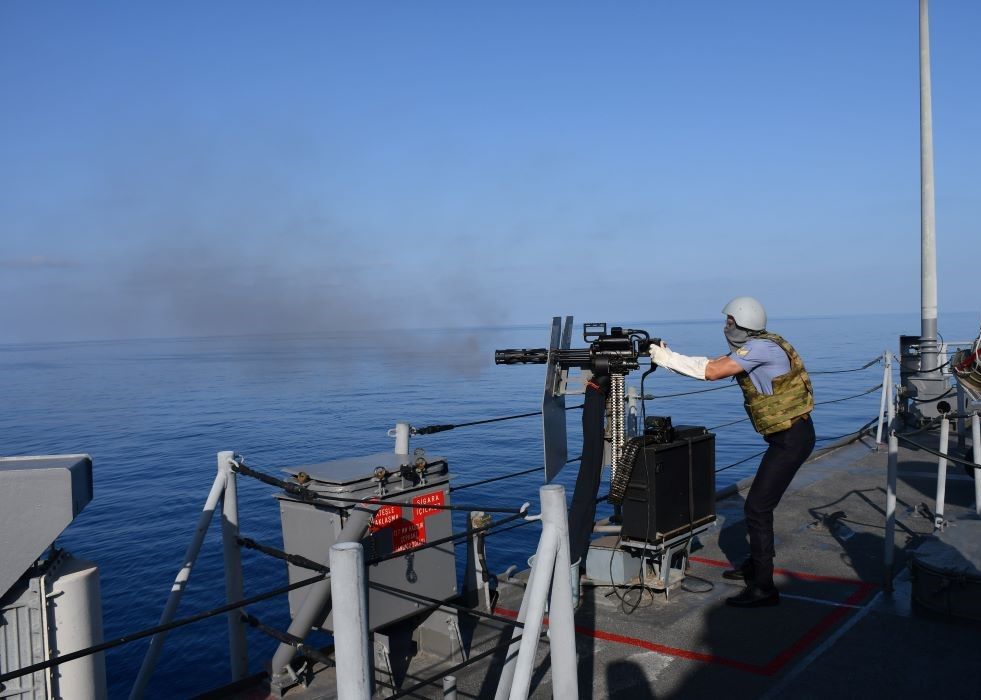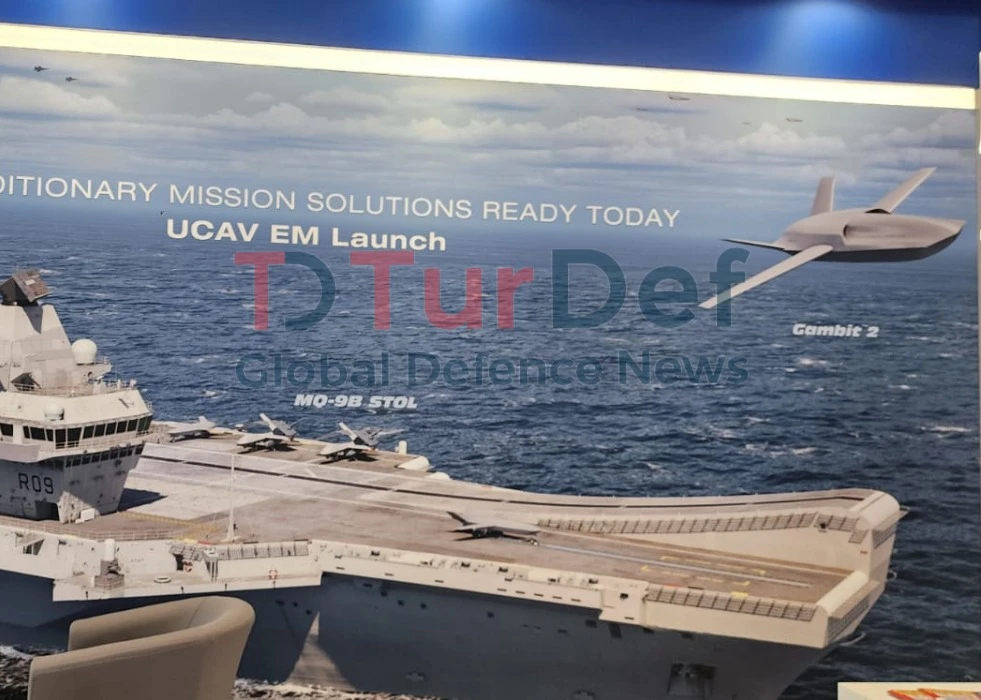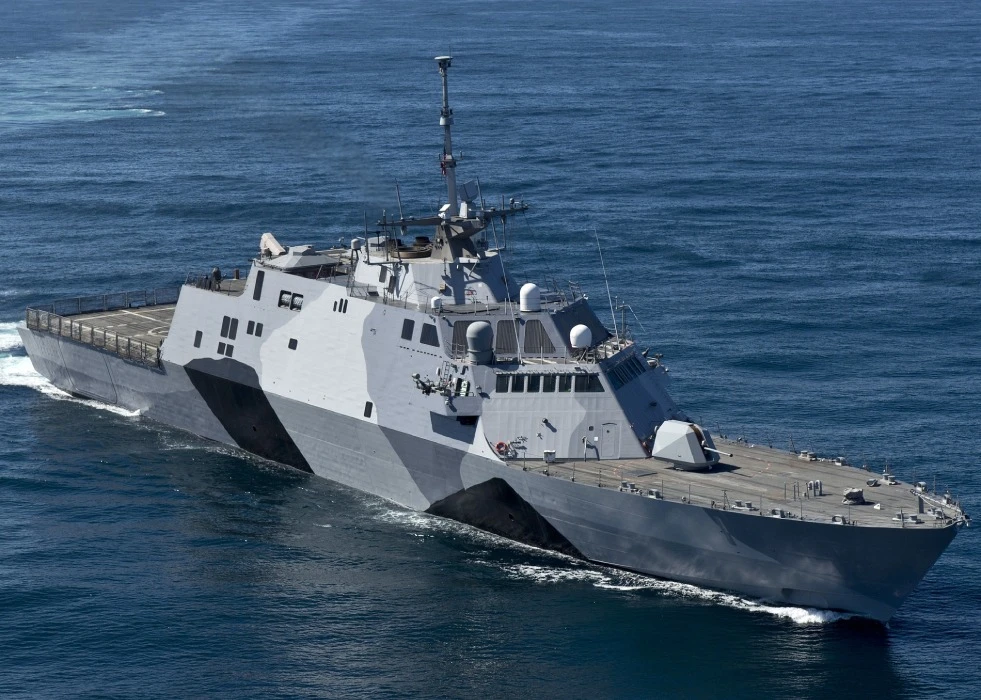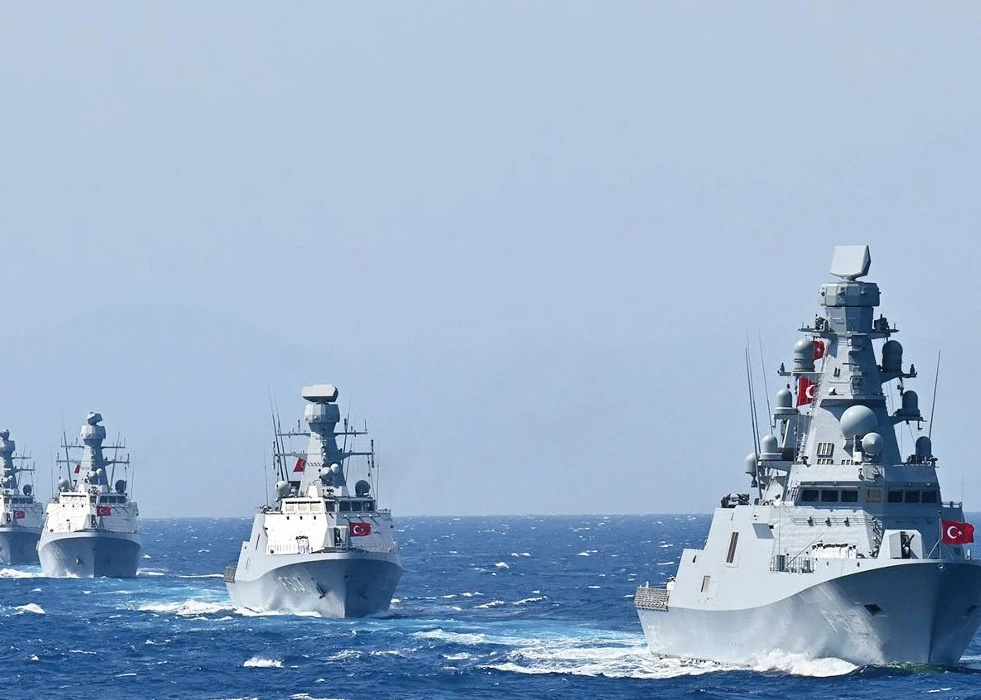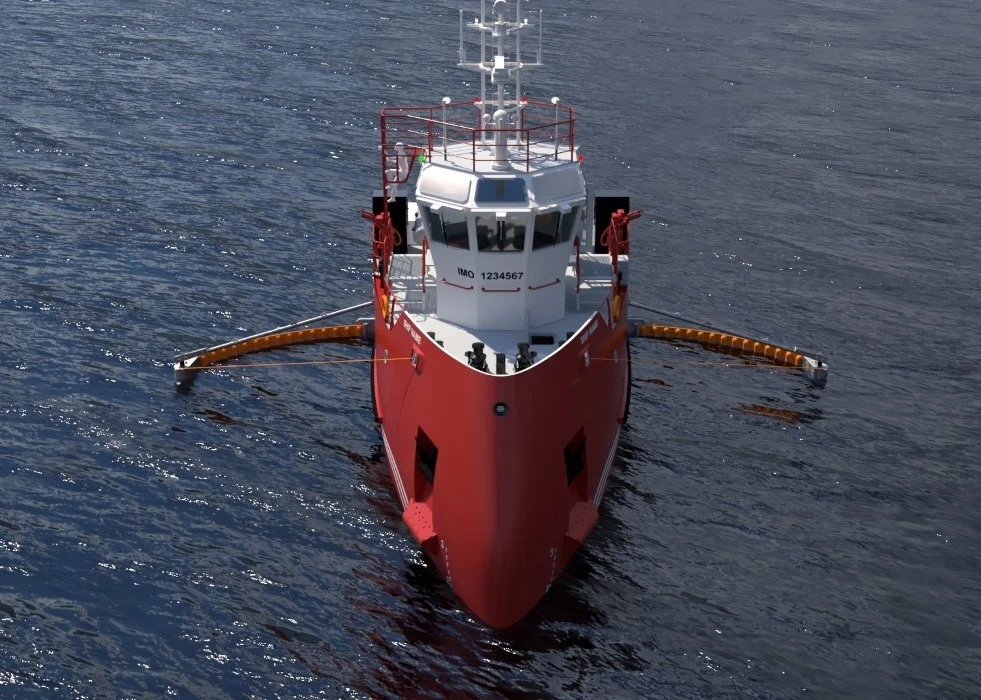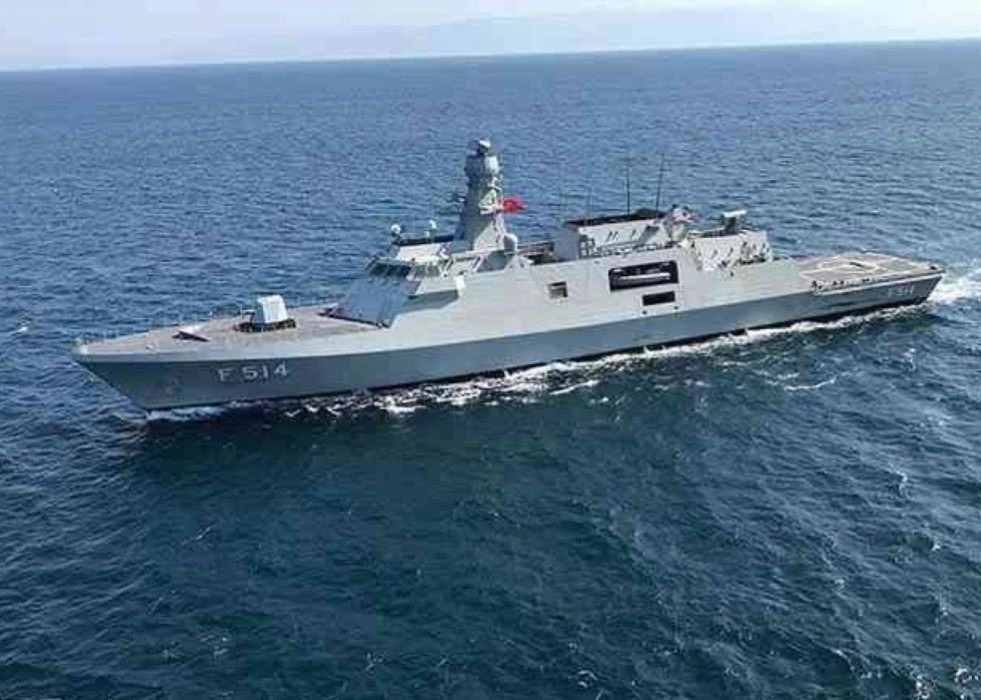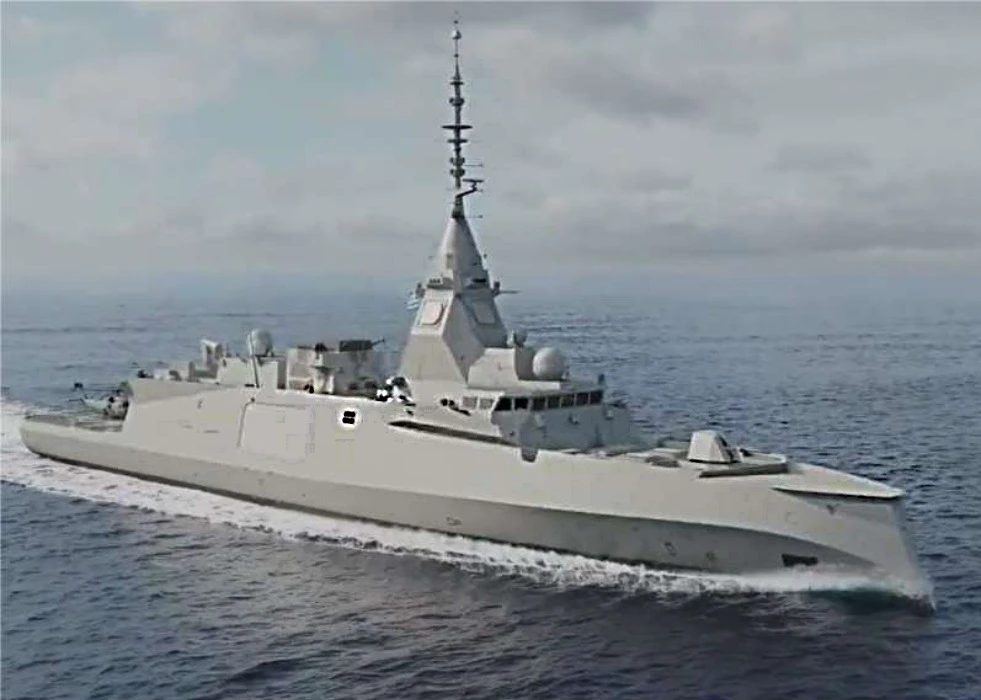Asymmetry is one of the biggest problems of almost every organised and high-capacity structure today. Many insurgents use the method at nearly every opportunity, and today, it poses a much more significant threat.
The Turkish Army, which has significant experience in asymmetric warfare, continues to take precautionary steps in naval operations. In an image shared on the official social media accounts of the Turkish Defence Ministry, it was observed that MG3 machine guns, which have been used on Gabya-class frigates for years, were replaced by M134 Miniguns on TCG Gökova (F 496). The system is a vital defence weapon against mini unmanned aerial vehicles, manned/unmanned surface vehicles or any unauthorised approaching elements at close range. The weapon's ability to create heavy pressure on the target by creating fire saturation, thanks to its high rate of fire, provides significant tactical advantages to the user.
Turkiye is one of the few countries that has long taken the asymmetry at sea seriously. At this point, indigenous stabilised remote-controlled weapon systems were developed for naval use, under pioneering attempts by ASELSAN considering 12.7-millimetre machine guns and higher calibre weapons. The process, which started with light calibres, has now evolved into programmable indigenous smart ammunition development and 35-millimetre close-in weapon systems capable of using it and 76-millimetre naval guns, offering high accuracy and effectiveness. Here, it can be clearly seen that the Turkish Navy is cautious about this risk and taking firm steps.
Asymmetry also poses a significant threat to naval forces, even though it is more effective in land warfare. Intercepting small, fast and agile elements, especially in rough seas, is a more complex and risky operation than it seems. In addition, the fact that low-silhouette elements remain under radar coverage is another factor that prevents detection. As is frequently encountered in anti-piracy operations, warships costing millions of dollars, which are very difficult to build and equip, can be severely damaged by attacks with incalculably low costs. In addition, it should not be forgotten that during the time spent in the shipyard for repair, a significant lack of capability for the user comes to the fore. In a worst-case scenario, the failure to carry out damage control properly can lead to fires or explosions that can lead to the sinking of thousands of tonnes of platforms.
